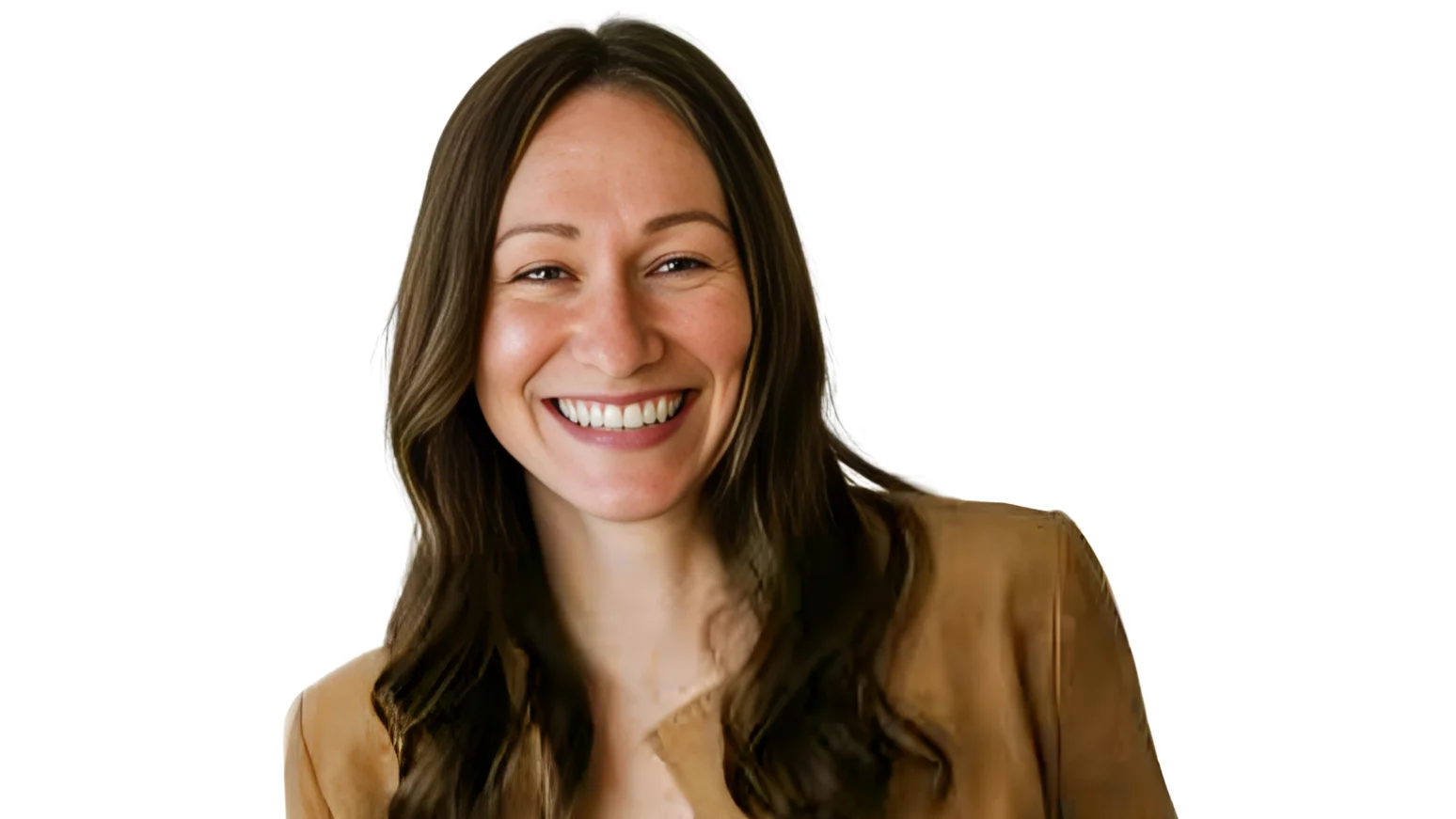
Emily Tate Sullivan Senior Reporter | EdSurge Research
Bailey Brown, now an assistant professor of sociology at Spelman College, reflects on her childhood experience navigating New York City's school choice system. As a child in Brooklyn during the 1990s, she underwent testing for the city’s gifted-and-talented program without fully understanding its implications. Years later, Brown realized the significant stress this process placed on her parents, who were anxious about whether her score would meet the high threshold required.
Brown's personal experiences influenced her research into how families select elementary schools in New York City—the nation’s largest school district. She found that while the city offers various options such as zoned and nonzoned public schools, magnet schools, charter and private institutions, and gifted programs, accessing these opportunities requires substantial effort from families. A study by The New School reported that around 40 percent of kindergarteners attended schools outside their assigned zones during the 2016-17 academic year (https://www.newschool.edu).
Between 2014 and 2018, Brown conducted interviews with more than 100 parents to understand their experiences with school choice. She noted that researching and applying to different schools is a time-consuming and stressful process that often falls primarily on mothers. Many parents expressed frustration over limited or unclear information about school performance, complicated application processes, strict deadlines, and limited resources.
Brown observed that competition for spots in top-performing schools led parents to network extensively and advocate directly with administrators. She concluded that “the disparities in resources, information access, and decision-making power contribute to uneven outcomes and opportunities for students from different backgrounds.” This dynamic means only families with sufficient time and financial means are likely to benefit most from school choice policies.
In an interview with EdSurge Research discussing her book “Kindergarten Panic: Parental Anxiety and School Choice Inequality,” Brown highlighted several key findings:
“It’s really a steep learning curve because there are so many different options. When I started the project, New York City schools had just started streamlining the online application process. So [there was] the learning curve of trying to research all these schools and then the learning curve of trying to understand the [digital] tools that were being used to put your choices into [the system].”
She added that while some wealthier families could dedicate significant time to researching options—sometimes forming groups or organizing multiple tours—lower-income families faced greater barriers due to fewer available choices in their districts.
“For families of color, the choice process continued because of this reevaluation that would happen after their child started at the school... Or... it’s about trying to find that really niche environment that connects their child to their individuality.”
Brown also addressed how constant reevaluation can extend beyond elementary education into middle school, high school, and college selection processes.
“If we think about the market theories... it was supposed to be empowering... My aim in this book is to show that there’s also labor in that choice. It is exhausting... It’s also unevenly experienced.”
She explained further: “The power to choose is really only a power if you’re supported and you feel like you can make a choice.”
Many fathers interviewed played little role in selecting schools; some deferred entirely or intervened late in decisions made by mothers.
“It really demonstrates the way ideologies about household responsibilities take over and then shape the school-choice process.”
Brown advocates for more investment in public education but acknowledges current trends may be moving away from this goal. She suggests structural reforms could make choice systems fairer—for example, simplifying enrollment processes or ensuring diverse student populations across schools.
“There are still things that can be done structurally so that we can make these systems more equitable. I feel like I’ve been most concerned with making this process more equitable for families.”
According to Brown's research sample of over 100 parents, middle-class families tended toward higher-performing schools with fewer Black and Latino students compared with low-income families—a pattern reflected citywide.
“I think it’s unexpected how school choice can reproduce some of the inequalities it was meant to reduce... That’s one of the most disappointing aspects of school choice. It’s an unfulfilled promise.”

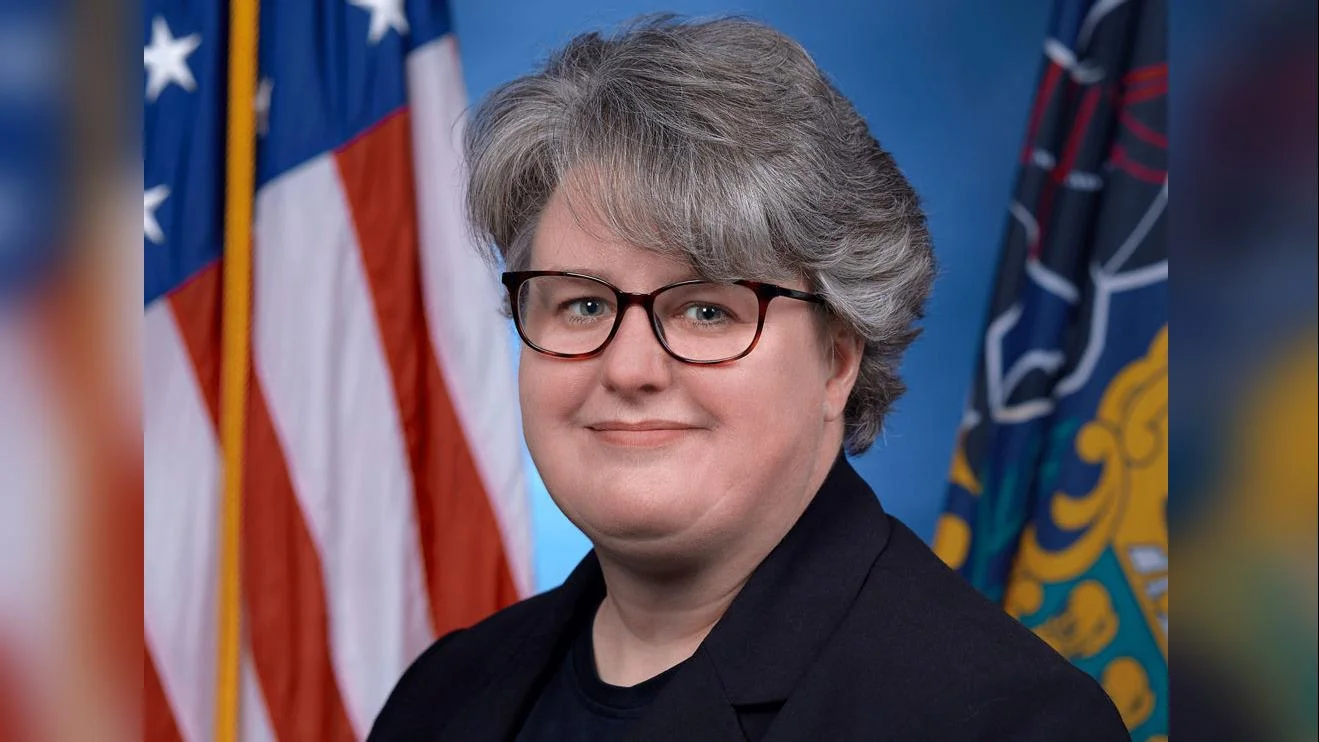
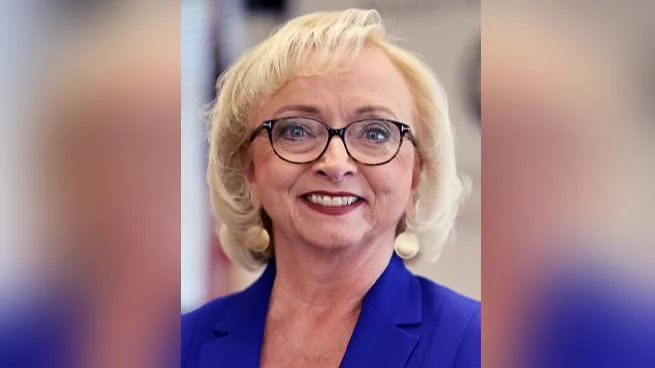
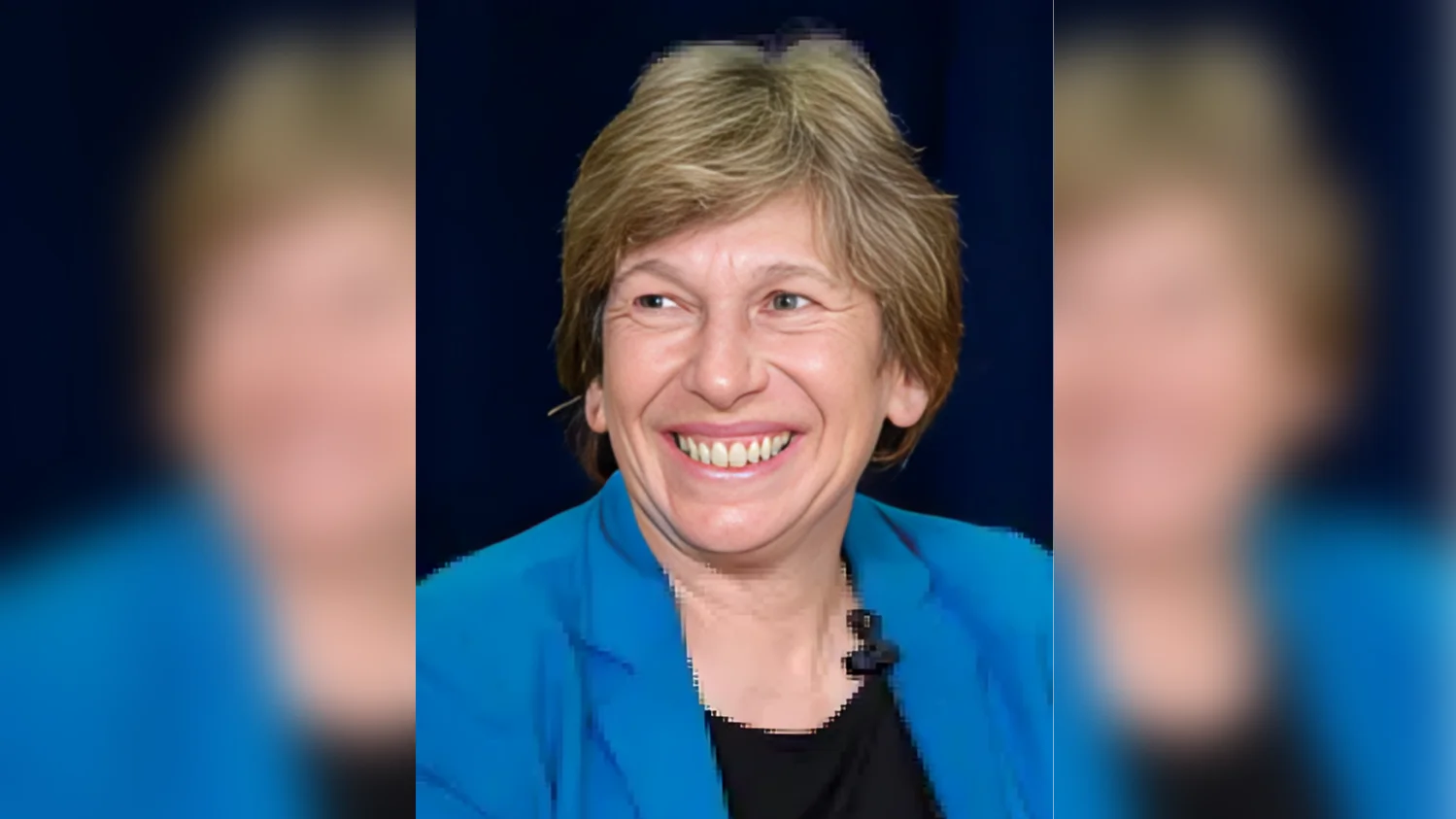
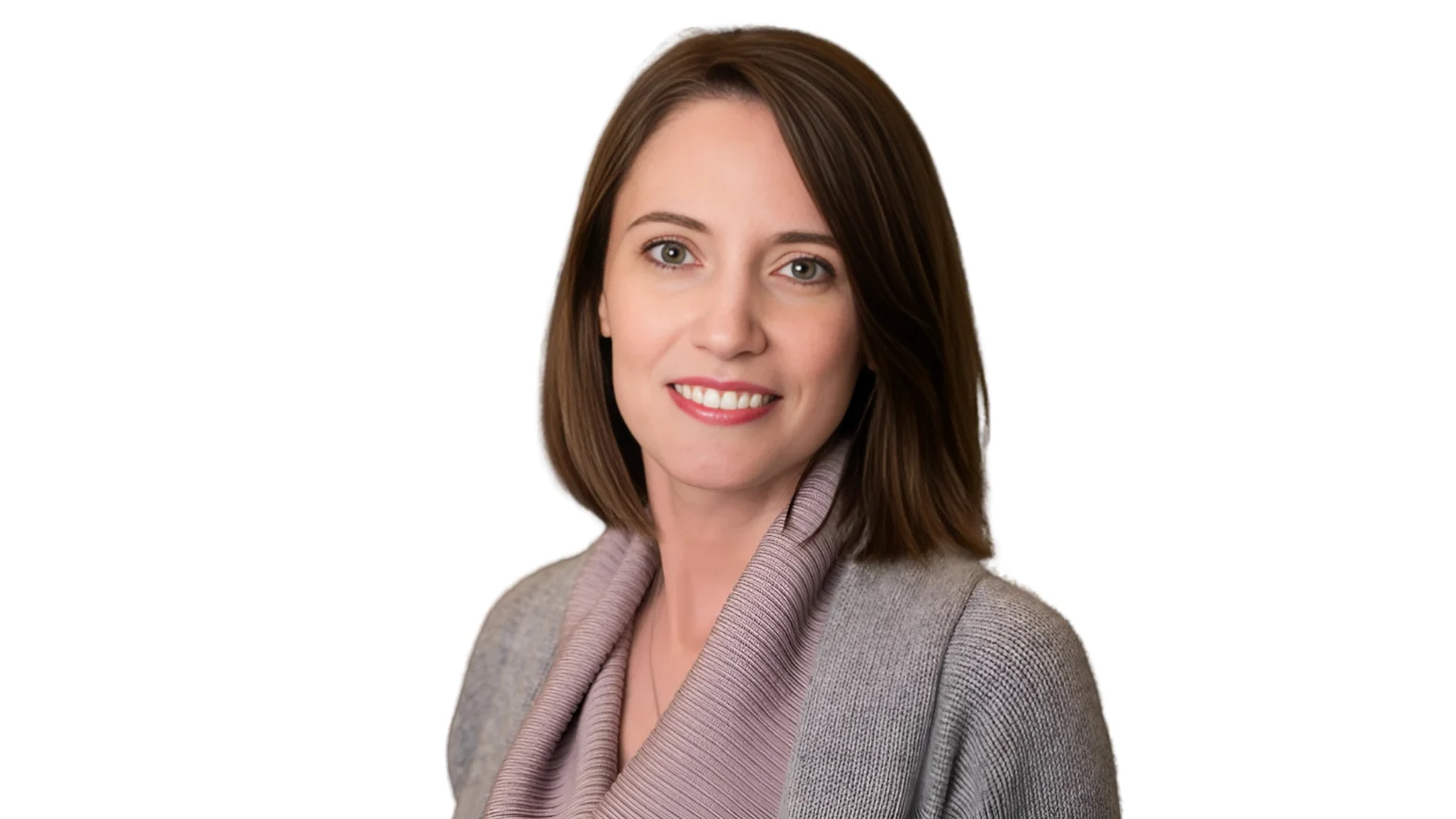
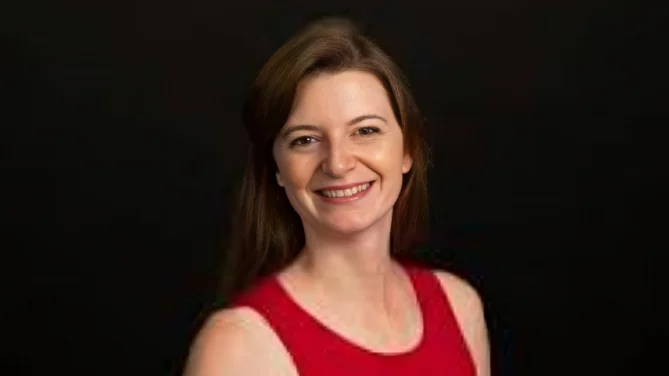
 Alerts Sign-up
Alerts Sign-up